top destinations
activities
ADDRESS
Sachin Gangta, Sawra, Himachal Pradesh
9805307801
himalayangyspie@gmail.com

Survival hacks are anything that can save us in the wilderness. Survival hacks are solutions that defy convention. Survival is a creative endeavour that necessitates quick thinking and an open mind. You sometimes have to improvise, adapt, and make things up as you go. Decisions must be made in milliseconds. You must make do with what you have. It's always useful to know how to survive in the wilderness without the aid of technology. Being lost in the wilderness can be dangerous if you don't know what you're doing. There could be a lack of water, food, shelter, and danger from other elements. Keep your mind clear if you find yourself in such a situation.
Below is the list of few survival hacks. In fact this list is a small drop in a large bucket ,but I hope this list will inspire you in a survival sort of way.
Before picking a survival kit you have to be sure that any kind of gear you include is something that you are familiar with.Practice using tools under different conditions during cold weather,poor light and when tired.You can choose to include gear that is modern and high tech.Below is the list of tools that you should carry in Wilderness –
If you are lost in the wilderness or in a survival situation, the first thing you look for is information on how and where to build a shelter. Shelter shields you from the sun, rain, snow, wind, insects, and wild animals. Seek out natural shelters or modify them to meet your needs to save energy. When constructing a shelter, keep in mind that it should be large enough to protect you. Remember that if you get caught in extreme weather, you can only survive for 2-3 hours without shelter, so make sure your clothing is in good condition as it serves as your body's primary shelter. Layered clothing should be worn correctly.
What should be considered when constructing a shelter?
Types of shelter you can build during survival:
Follow HimalayanGypsie channel on YouTube and learn how to build Shelter in Wilderness.
Fire is essential for survival in the wilderness. After finishing the shelter, the next step should be to start the fire, and before it gets dark, make sure you scatter the necessary amount of wood for the fire. Fire keeps you warm, is the only way to cook food, and keeps wildlife at bay. There are several ways to lay fire, each with its own advantages. As you may know, four elements are required to start a fire: fuel, heat, oxygen, and chemical reaction. However, in survival mode, we cannot be certain that we have all of the elements necessary to start a fire or flame.
Methods of fire:
To make this fire arrange few sticks in the shape of cone. Light the center. As it starts burning the outside logs will fall inward. This type of fire burns well even with wet wood.
To lay this fire, keep a stick into the ground at a 30-degree angle. Point the end of the stick in the direction of the wind. Place some tinder under the stick. Lean pieces of kindling against the lean-to stick. Light the tinder. Add more kindling once it starts catching fire.
To use this method, scratch a cross about 20 – 30 centimetres in size in the ground. Dig the cross deep. Put tinder in the middle of the cross. Build a kindling pyramid above the tinder. The shallow allows air to sweep under the tinder to provide a draft.
To lay this fire, place two small logs on the ground. Place a solid layer of small logs across the parallel logs. Add three or four more layers of logs each layer smaller.Make a starter fire on top of the pyramid. As the starter fire burns, it will ignite the logs below it. This gives you a fire that burns downward, and doesn’t require any attention during the night.
When it comes to survival, food is critical. Most wilderness areas are abundant in natural food, such as plants, insects, and animals. You can survive without food for a day or two after you've finished the food you've packed, but you'll need to start looking for it again. Make sure you get the right balance of fat, protein, carbohydrates, vitamins, and minerals. Many edible things can be found in the wild, such as acorns from oak trees, nuts, inner bark of pine trees, fish from a lake or river, leaves, and wild berries. You can also test the edibleness of a plant by placing a small piece of it on your lips for a few minutes. If the plant is not
Finding water is a top priority in the wilderness. Being without water for 24 hours, while survivable, depletes both your physical and mental strength, making it more difficult to perform the tasks required to make it out the other side. And after just three days without water, your body will shut down, and you'll be out of commission.
During morning or evening follow flight path of birds it may lead you to some source of much needed water. Water runs downhill so always follow valley.If all these methods get failed the only chance of water is Rain.Collect and drink rainwater it is one of the safest ways to get hydrated with out risk of bacterial infection.There are two primary methods of collecting rainwater. The first is to use any and all containers you might have on you. The second is to tie the corners of a poncho or tarp around trees a few feet off the ground, place a small rock in the center to create a depression, and let the water collect.
Without a first aid kit, even a minor cut or wound can cause a lot of problems. Bacteria can enter the cut or wound, potentially increasing the risk of infection and a variety of other complications. It can also cause a lot of pain, itchiness, and other discomforts if left untreated. To nurse a cut or a wound in the wild, look for the leaves of yarrow or common plantain plants, both of which are abundant. Tannic acid in the herbs acts as an antibacterial and aids in pain relief. The following is a list of health issues that you may encounter in the wilderness and how to deal with them.
If breathing has stopped, begin mouth-to-mouth resuscitation. Place the patient on his/her back and follow these steps:
A fracture is classified as either a simple (closed) or compound (open). Signs that a fracture is present include:
Treatment is as follows:
Dislocation happens when the ligaments near a joint tear, allowing the movement of the bone from its socket. It is unwise to treat a dislocation unless you are a trained professional as permanent damage may occur. The affected extremity should be supported using a sling or other device and pain controlled with aspirin or other suitable drugs.
Treat sprains by applying cold to the area for the first 24 hours then once the swelling has subsided, let the sprain sit for a day. Apply heat the following day to aid in the healing process. The sprain should be splinted and rendered immobile until the pain has completely disappeared.
Sunstroke may occur when the body is exposed to excessive sun. The body becomes overheated and provides too much blood to the circulatory system resulting in a flushed, hot face, rapid pulse, headache and/or dizziness. Treat sunstroke by resting in a cool area and applying and consuming cold liquid. Prevent sunstroke by wearing proper headgear.
Muscle cramps occur when the muscle accumulates excessive lactid acid or a loss of salt through perspiration. Treatment includes resting, deep breathing and stretching. Restore the salt balance immediately.
Symptoms of snowblindnessinclude scratchy or burning eyes, excessive tearing, sensitivity to light, headache, halos around light and temporary loss of vision. Bandage the victim’s eyes and use cold compresses and a painkiller to control the pain. Vision will generally be restored after 18 hours without the help of a doctor. Always wear snow goggles or sunglasses in snowy areas to prevent snowblindness.
Frostbite occurs when the tissue of an area, most commonly the toes, fingers or face, is frozen either from direct exposure to the elements or high wind. First degree frostbite turns the area cold, white and numb. When heated the area becomes red and can be compared to a first degree burn. A blister will form after warming with second degree frostbite. Dark skin, gangrene, and a loss of some skin and tissues is common in third degree. Fourth degree frostbite causes irreparable damage. The affected area will remain cold and lifeless and generally a part of the area is lost. With adequate clothing frostbite can easily be avoided. Superficial frostbite may be treated by cupping one’s hands and blowing on the affected area, warming from another warm hand or, with fingers, placing them in your armpits. For more severe cases, medical aid should be sought.
Blisters are the painful, and common, result of ill-fitting footwear. At the first sign of discomfort, remove boots and socks and place a piece of adhesive tape over the affected area. If it is absolutely necessary, open a blister by first washing the area thoroughly then inserting a sterilized needle into the side of the blister. Apply disinfectant and a bandage.
Headaches are often experienced in the mountains due to inadequate eye protection, tension in the neck, constipation or “water intoxication”, a swelling of the brain tissue which happens when the hiker has sweated excessively over a period of days and consumed large quantities of water without taking salt tablets. Aspirin may be used to alleviate the pain but one should find the source of headache to prevent further discomfort.
When the temperature of your body falls to a level at which your vital organs can no longer function you are experiencing hypothermia or exposure sickness. Hypothermia will develop rapidly and is caused by cold, wet and/or windy weather that chills the body at a speed faster than it can produce heat. A lack of energy-producing food and proper clothing will heighten the speed at which hypothermia will affect you. Always remember to bring extra clothing. It is important to hike at the speed of the slowest member of your party. Take frequent breaks and keep a close watch for members experiencing signs of fatigue. Exposure sickness generally occurs in temperatures of less than 10 C (50 F).
Symptoms are easily recognizable:
Treatment must be quick and efficient:
Hyperthermia is a result of the body being overheated due to increased air temperature, solar or reflected radiation, poorly ventilated clothing, a low fitness level or excess bulk. Symptoms include:
When you get lost in the wilderness, a compass will help you find your way back to civilization. A map of the area will be even more useful. However, navigating your way to civilisation without a compass, map, or GPS can be difficult. You, like people in the past, can use the sun and stars to guide you. You must look at the sun to determine the eastern and western directions. Keep in mind that the sun rises in the east and sets in the west. On a sunny day, this rule of thumb can help you find your way. You can also follow a water source downstream or make your way to a clearing where you can better signal for assistance.
Other methods of navigation:
Wildlife safety precautions are necessary.When thinking of killers in the wild, a few specific animals instinctively come to mind. Bears, snakes, big cats, and spiders are the species with nasty reputations. They’re well-known, well-feared, and everyone from outdoor lovers to homebodies know that they should be avoided.Below are the Methods to keep yourself safe from wild animals.
If you do not have a cell phone or any other devices, fire is the best visual signal to use at night. Even the smoke from a fire can attract rescuers during the day. You can create smoke signals by adding live vegetation, green moss, grasses or even water to the fire.During the daytime, you can reflect the sun off a mirror or other reflective item in the direction of the helicopter to attract the rescuers’ attention. If you hear rescuers in the distance, you can shout for help or you can use whistle.
More and more people are seeking the silence and peace of wild places as a respite from urban living and as a way to learn about the natural world. With more people comes greater impact on the environment. There a few visual images worse than trash-strewn fire pits and piles of human excrement and used toilet paper at every convenient gravel bar along the river. Increasing quantities of human waste in the wild is a great concern. Those of us who travel trough the wilderness have a responsibility to respect and care for our precious wild lands. Please practice ‘leave-no-trace’ camping and pack everything out what you carry in.
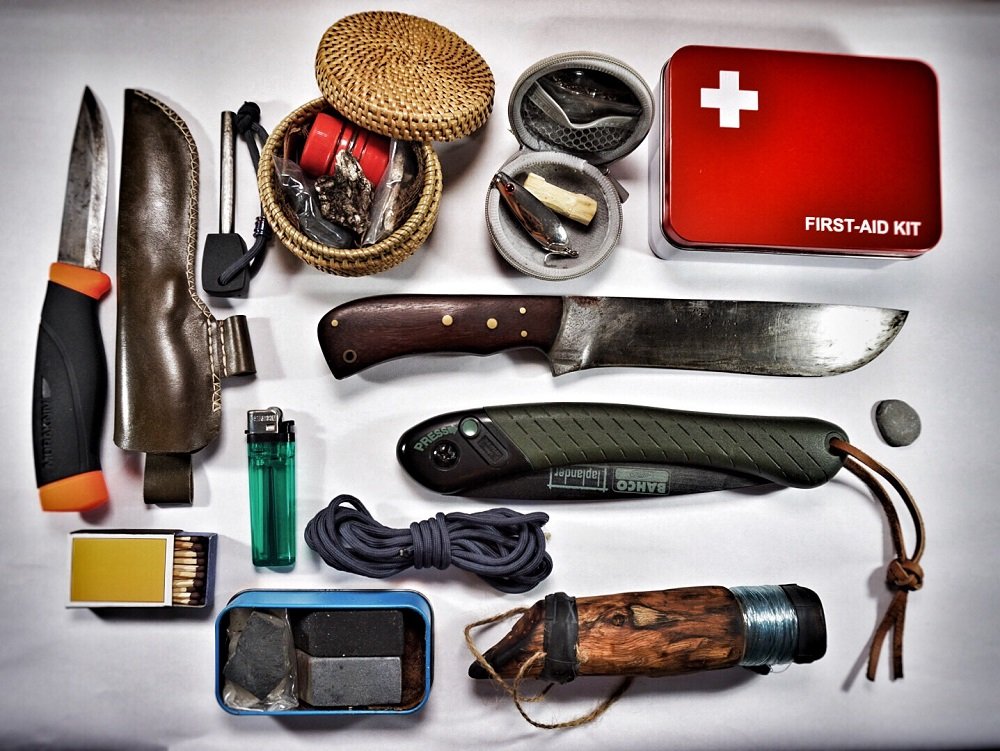
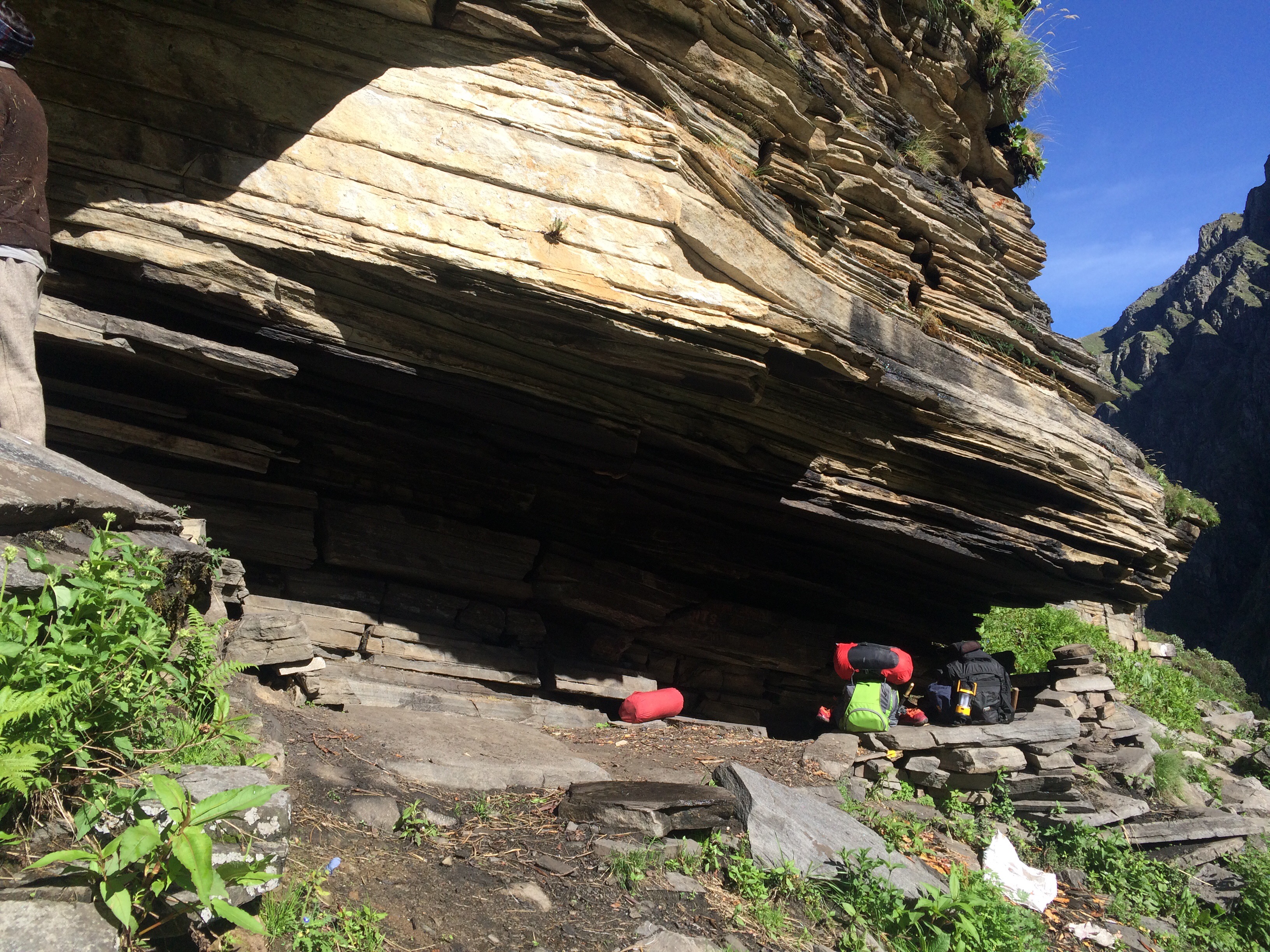
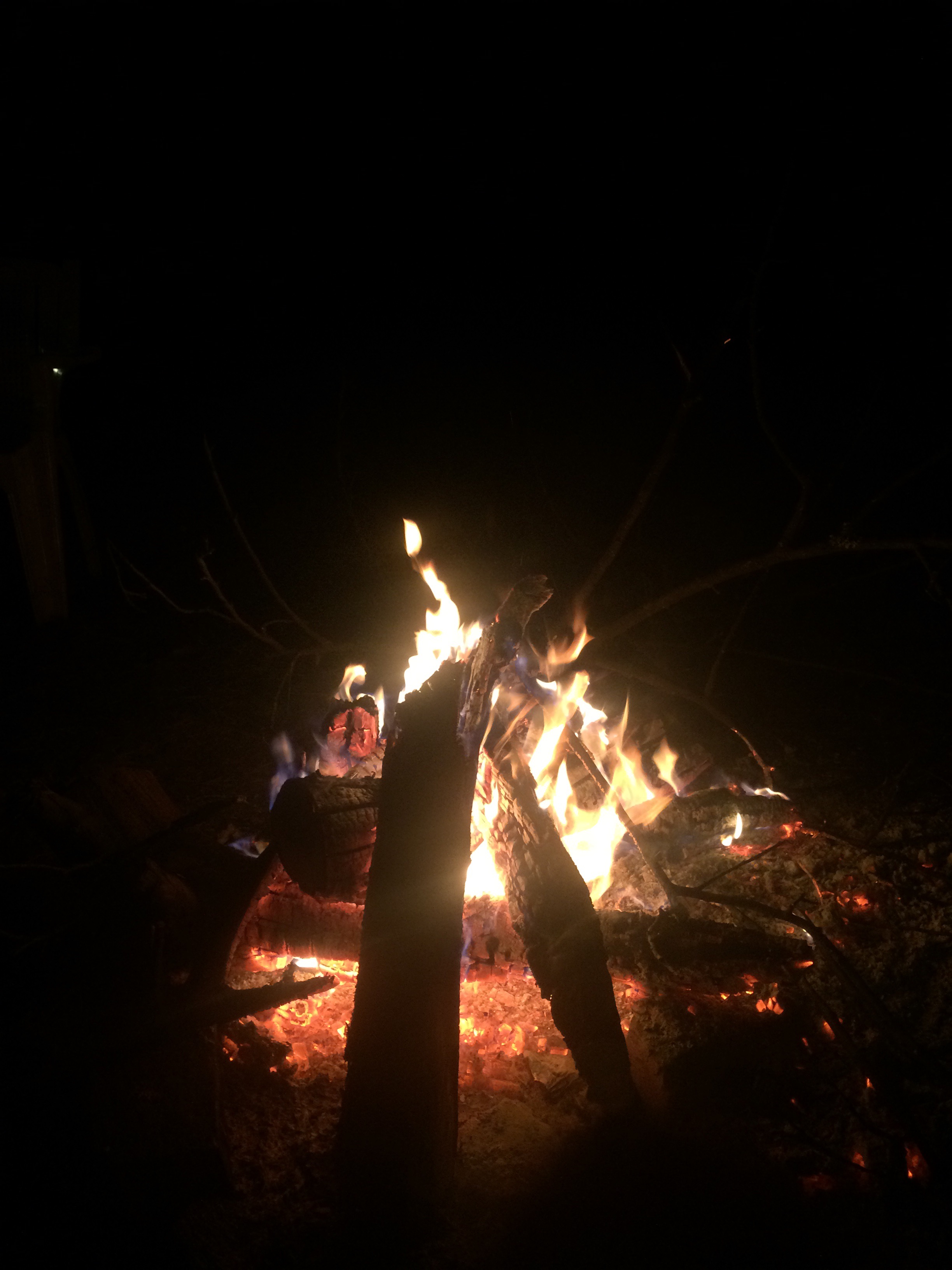
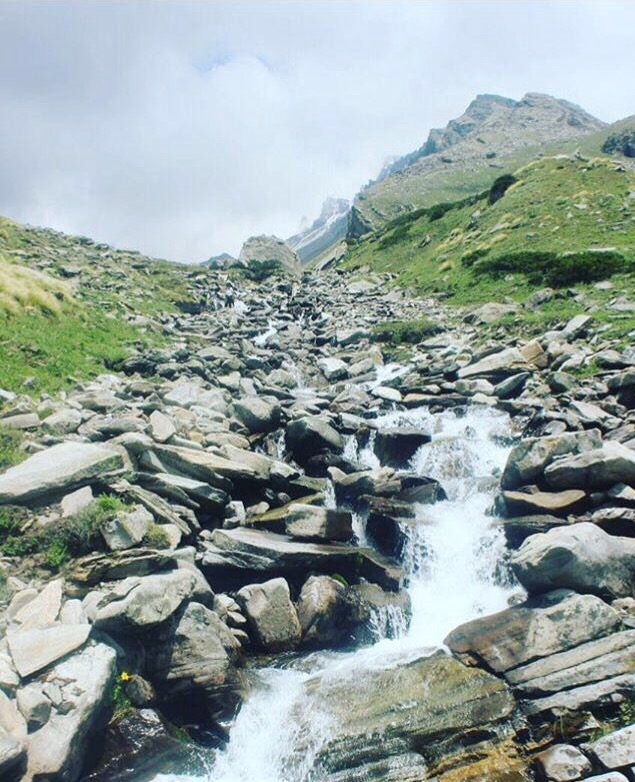
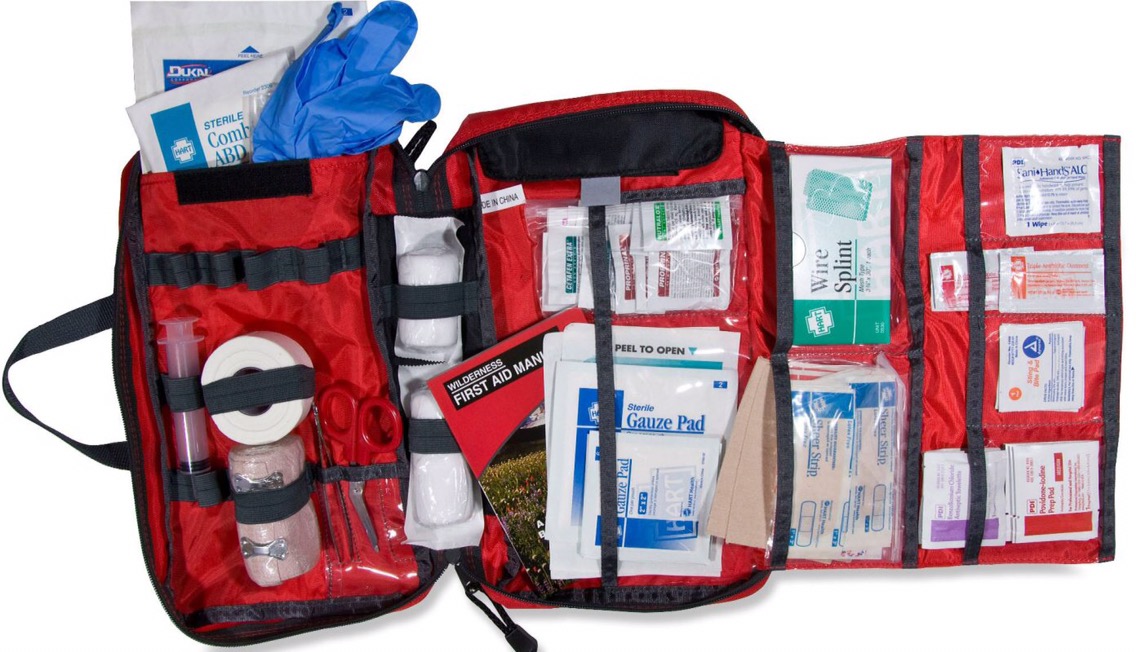
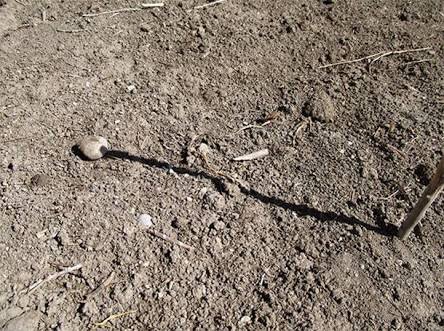

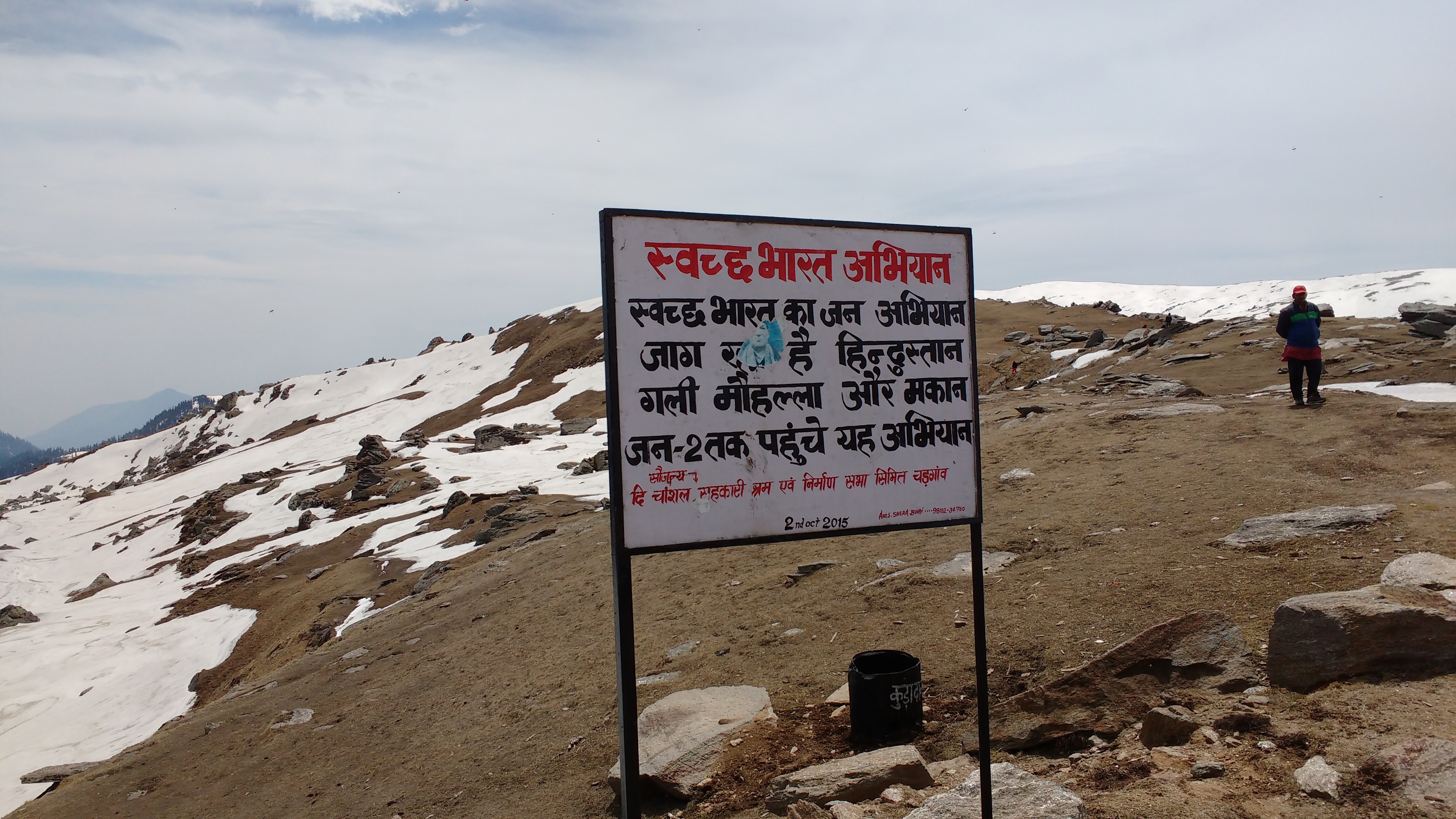
Copyright © 2022 Himalayan Gypsie. | All Rights Reserved
Powered by: Rahul Dulta